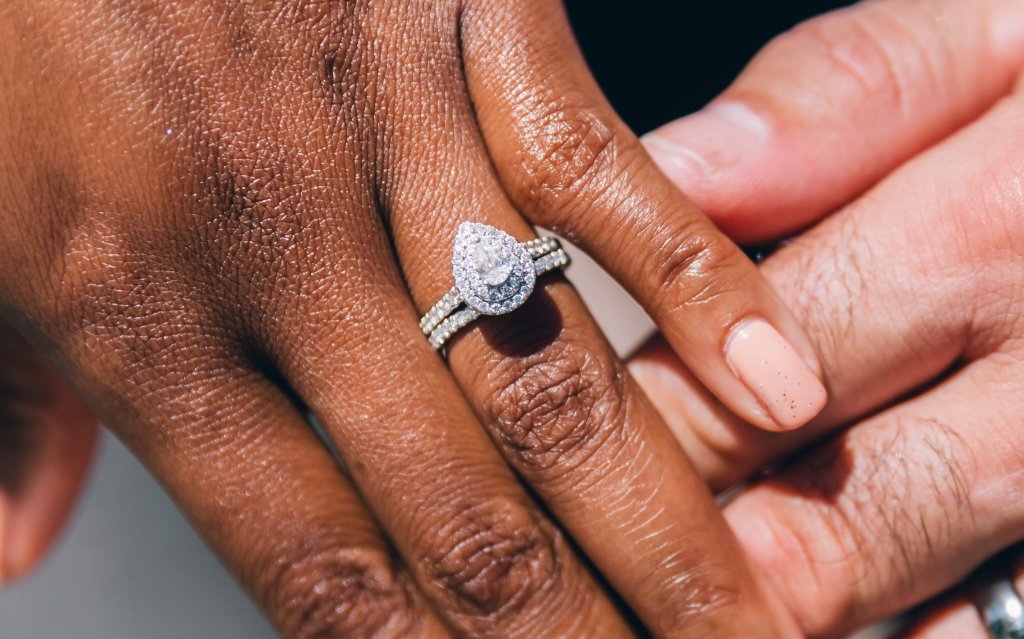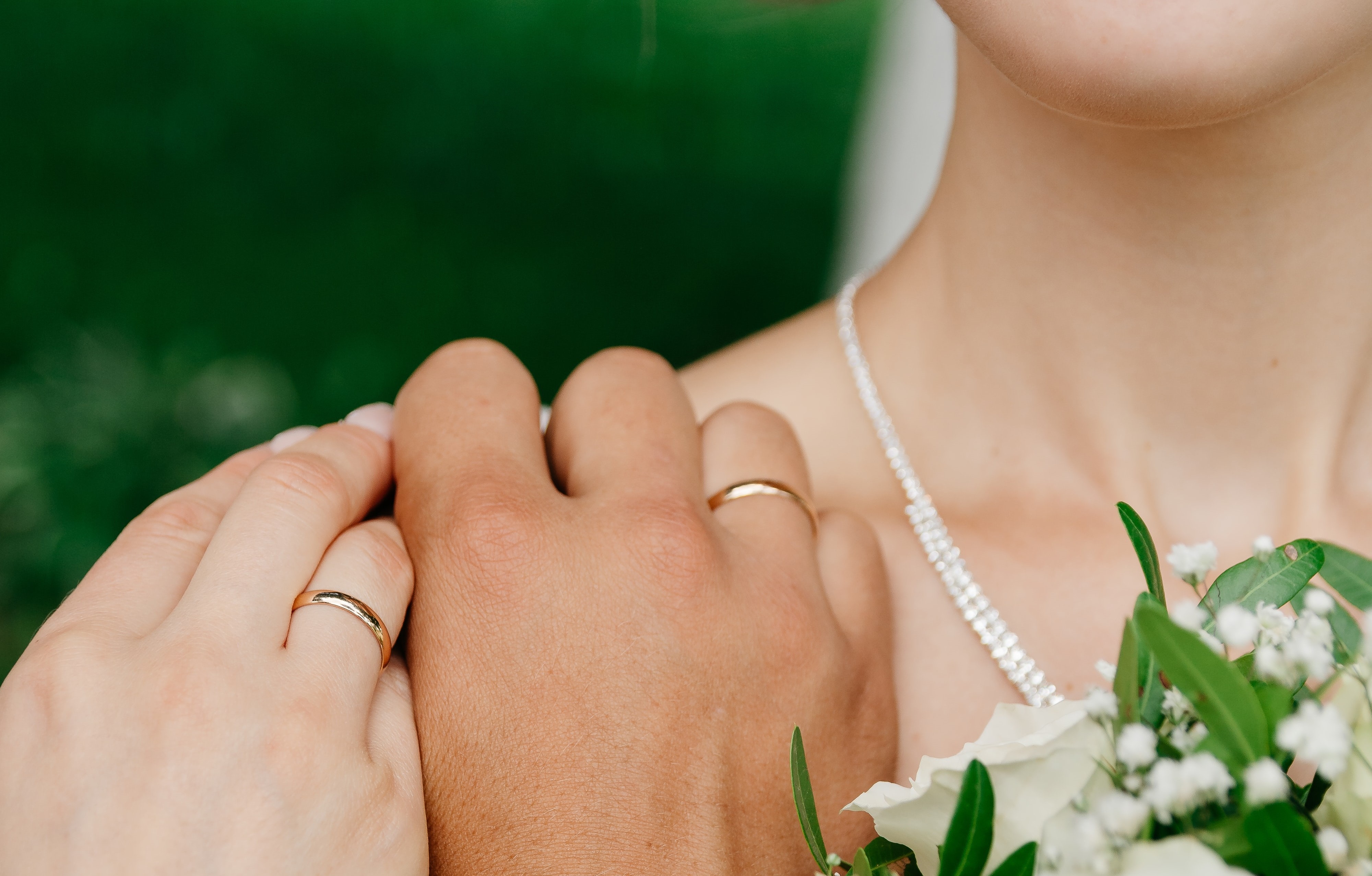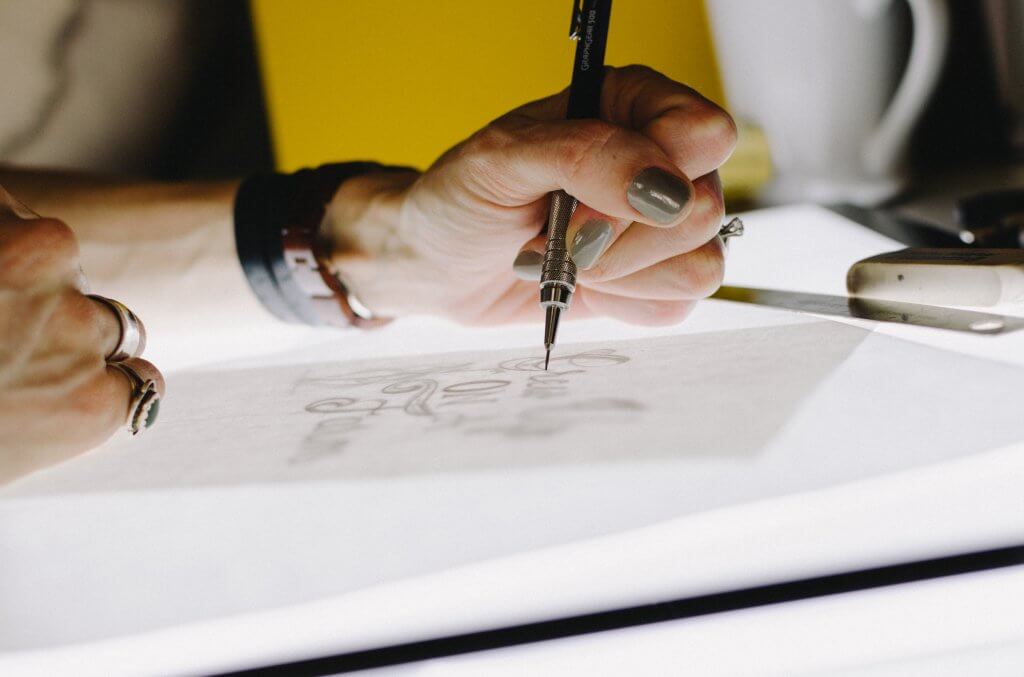Engagement Ring Head Styles For The Modern Bride
Key Takeaways
- Aside from the diamond itself, the ring head is arguably the most important aspect of the entire engagement ring.
- When considering the head of the ring, you’ll want to think about the types of prongs you’ll use, as well as the way in which they connect beneath the diamond.
- Some of these aspects will be subtle, but that’s no reason to overlook them. It’s an opportunity to add some really personal features into this one-of-a-kind design.
- Also have in the back of your mind whether you’re going to be adding any additional stones into the mix, using a halo or accents on the shoulders of the central setting.

There are many different ways to keep a diamond in place, and to create a ring that offers a beautiful surprise from every angle.
Here are the top engagement ring head styles for you to consider.
What is the head of a ring?
The head is the center focus of the ring, where the diamond is located. It sits at the top of the finger, and typically comprises prongs or a bezel specifically designed to keep the diamond securely in place.
In other words, the head is the part you’re really going to be focusing on from now on. The shank (that’s the band) is important too, especially if you’re going to be adding in any accents or pavé, but everyone looks at the engagement ring head, first.
Obviously, choosing a diamond will take top priority, but choosing your engagement ring head style is one of the fundamentals of designing an engagement ring.
The Options
When you’re looking at a ring from directly above, you’ll only notice the very tips of the prongs set just over the edge of the diamond, overlapping the crown by a couple millimeters at most.
From the side, however, you’ll be able to see more of the ring’s architecture – how the prongs connect with the shank. This feature, while it’s not the most obvious or looked-at aspect of an engagement ring, can look beautiful and elegant in its own right.
Prongs
The simplest prong settings feature prongs (usually four or six, but sometimes as many as eight or ten) branching up from the shank. The very top of each prong is bent over the diamond’s crown, to keep it in place, and the narrowing space between the tails of the prongs provide support for the diamond’s pavilion, to keep it from sliding up and down.
This ring head style is probably the most famous, most traditional style of all. It’s handy for raising the diamond high above the finger, and exposing as much of it to the light as possible. The Tiffany Setting, patented by Tiffany & Co. in the late 1800s, is one example, but there are plenty more prong designs available from jewelers up and down the country.
Basket
A basket setting is one way to connect the prongs to the shank. A small ring of metal is created, large enough to encircle the diamond mid-way up the pavilion. This means it’s not noticeable from above. The prongs are then set at regular intervals, just as they are for simple prong settings.
The prongs keep the diamond in place, but the basket creates a support for the diamond from below. It offers an added layer of security compared with the prong setting, which some people prefer.
The drawback? Prong settings are designed to maximize the diamond’s brilliance, since they expose as much of it to the light as possible. By introducing extra metalwork into the head, and covering a portion of the pavilion, you’re going to lose a little light in the process.
The benefit? A basket setting is the perfect canvas for a hidden halo, meaning you can make-up for any lost brilliance (and get a little extra in the process).
The basket setting can also be combined with different prong styles, like the tulip, in order to achieve a more shape.
Trellis
A trellis setting is based on the same idea as the basket. It utilizes that extra, horizontal band of metal around the diamond’s pavilion, to offer an extra element of security for the stone. The only difference is in the arrangement of the prongs, which are ‘woven’ to lie over one another, creating a deep ‘V’ shape visible from the side view.
The difference is subtle, but it’s a great way to soften the ring’s profile and create a more organic shape from the metal.
Bezel
If you don’t want any prongs in your ring, then the bezel is the way to go. Surrounded by a solid band of metal fitted perfectly to the shape of the diamond – and designed to overlap the very edge of the crown just enough to hold the stone in place – the bezel is a major break from the traditional ring designs.
Diamonds secured by bezels are designed to sit a lot lower, so there’s no need for any prongs or baskets to support the diamond’s base and culet.
The biggest sacrifice you’ll have to make here is brilliance. The bezel encircles the entire outer edge of the diamond, and hides the lower portion from the light. It creates a great, sleek, modern look, but at a cost. It does, however, look great with any diamond shape or metal.
One alternative is a half bezel, which only encircles a portion of the diamond. Depending on how it’s designed, you might need an extra prong to keep the ‘open’ portion secure, but your jeweler will be able to offer the best advice on this.
How much does it cost to replace the head of a ring?
It totally depends on the design and your choice of metal but, in general, you could expect to pay between $100 – $300 for a ring head replacement.
That’s providing you’re having the same diamond transferred into a new head. If not, it’ll probably cost thousands.
Which Engagement Ring Head Style is Best?
If you want to maximize brilliance, a simple prong setting can’t be beat. If you’re more interested in creating a ring that surprises from all angles, a basket or trellis is your best bet.
Then again, the bezel is the perfect choice if you’re looking for a modern, comfortable, low-set engagement ring. It’s a particularly good idea if your partner leads a busy, on-the-go lifestyle, since it’s a lot less likely to snag or expose the diamond to potential damage.
Still, the prong, basket, and trellis head styles are a lot more durable than they look. A skilled jeweler will be able to make it look like your diamond is barely being touched by the metalwork, while being totally confident that you’re not going to look down one day and find that diamond missing.

Aug 17, 2021 By Willyou.net
Wedding Ring Budgeting: How Much Should You Spend

Aug 17, 2021 By Willyou.net
Step-By-Step Guide To Designing An Engagement Ring








